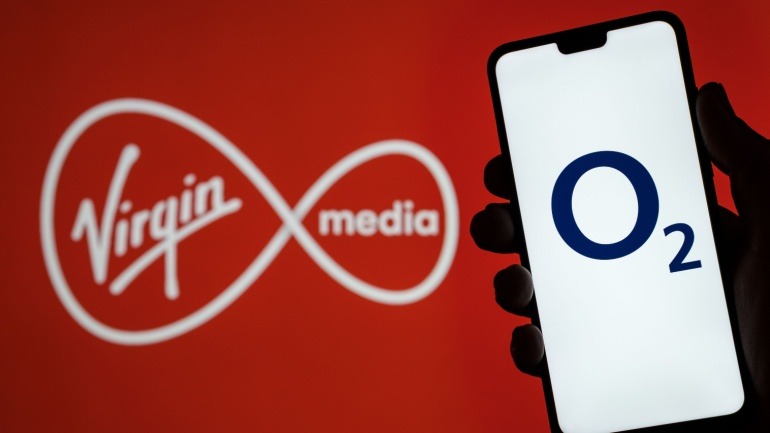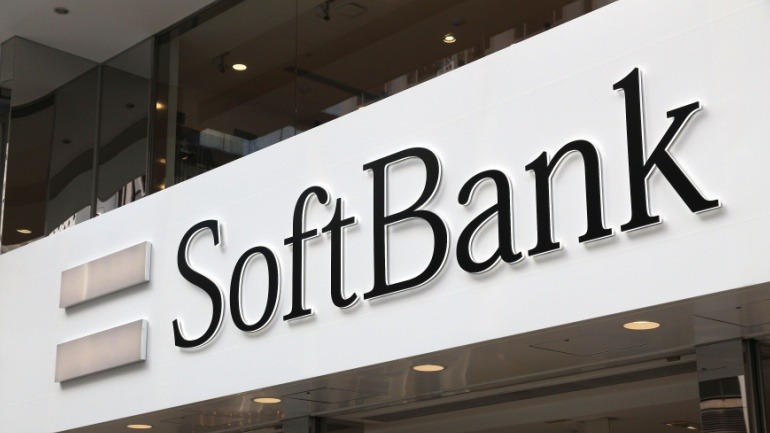In an exciting turn of events, Australia recent auctioned off spectrum in the 3.4 GHz and 3.7 GHz bands, amassing a staggering A$722 million (equivalent to US$474 million) for the government. The incumbents emerged as the victor in this strategic pursuit, with Telstra claiming the lion’s share, acquiring frequencies in both bands for a net expenditure of A$545.6 million.
Expressing exultation, Telstra disclosed its grand scheme to optimize the newly acquired spectrum to augment its 5G offerings throughout Australia, with emphasis on the 80 MHz of frequencies secured in the prominent metropolitan areas of Sydney and Melbourne. Telstra Chief Executive Officer Vicki Brady was especially delighted about the substantial share of spectrum covering broad regions of rural Australia. Quoting Brady, “This will mean that even more customers in more places will enjoy our world-leading 5G network.”
Narrating the specifics, Telstra secured between 55 MHz and 110 MHz of new spectrum in the majority of Australian markets, which equates to 326 lots out of a total 588 available. Of these, an impressive amount of 574 were effectively allocated.
Despite Telstra’s predominance, rival operators TPG Telecom, Optus and the state-owned broadband network operator NBN Co., weren’t left behind, scoring frequencies of their own. The latter obtained 200 lots of spectrum, however, racked up the modest sum of just A$14.4 million. NBN Co., notwithstanding, have kept their plans under wraps but speculation suggests supporting their continued fixed wireless access (FWA) initiative.
As for TPG Telecom, bidding was conducted via its Mobile JV unit. A commitment of A$128.2 million secured the firm 44 spectrum lots in the 3.7 GHz band, enveloping metropolitan and regional areas. “Once deployed, this spectrum will deliver a huge capacity boost for our 5G mobile and fixed wireless services, providing greater speeds and better performance for new and existing consumer and business customers,” said Iñaki Berroeta, CEO of TPG Telecom.
Rather silently, Optus secured four lots of spectrum for a total of A$33.5 million. The Australian Communications and Media Authority (ACMA) chair, Nerida O’Loughlin, noted that the outcomes are consistent with the objectives of the ACMA, stating, “The revenue raised reflects the market value placed on this spectrum as a valuable public asset.”
Even though Telstra made hints at a knockout deal, asserting it procured the new spectrum “at a highly competitive price,” both parties appear content with the outcome. In a final word, O’Loughlin emphasized on the universal benefits of awarding new frequencies for mobile. “The allocation of this spectrum will support digital connectivity, promote competition and facilitate investment in new services for Australian consumers and businesses across metropolitan and regional areas of Australia,” said O’Loughlin. This augurs well for the regulator and the telcos as they appear to be in agreement in their public remarks on the new airwaves.







